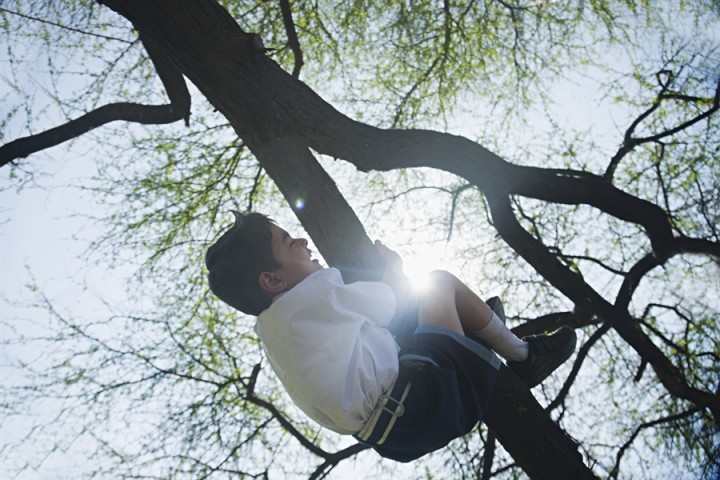
Photo: ImagesBazaar
Every parent worries about their child’s health and safety, but keeping children cooped up at home or being overprotective of them when out in the park might not be their best interest. Research shows that some amount of rough and tumble activities, so called “risky play”, has psychological and physiological benefits. A few thrills and spills can lead to more active and self-confident children.
A new review of past research found that activities such as climbing trees, exploring the outdoors and play fighting can actually make children healthier. The analysis did not find any evidence of an increased risk of injury or psychological damage from these types of play.
“Engaging in risky play increased physical activity, it decreased sedentary behavior, and it promoted social health and behavior,” said study co-author Mariana Brussoni, a developmental psychologist and injury prevention researcher at the University of British Columbia in Vancouver.
According to the researchers, risky play included playing at heights, using tools that could pose some danger, high-speed play, use of risky substances such as fire or water, play that involved the risk of getting lost and rough-and-tumble play.
“When you talk to kids about it, [they say] it’s a kind of scary, funny feeling where you’re kind of pushing yourself before you lose control, but it’s exhilarating,” Brussoni said.
In this review study, Brussoni and her team looked over 21 good-quality studies in order to gauge the benefits and disadvantages of risky child’s play. They did not find any negative outcomes in these studies. However, the benefits observed were plentiful. Results indicated that children who were allowed to take a few risks were more active, had greater confidence and better mental health. The study analysis was published in the June 2015 issue of the International Journal of Environmental Research and Public Health.
Many of the studies that were reviewed involved a one-time evaluation of children who were active in risky play, so it may have been other factors that accounted for their health differences. But a few studies did assign kids to different types of play and then tracked their activity over a year. In one such study, children who were allowed to play in an unstructured space with objects like old tires and crates were more physically active over the following year than children who played in a traditional playground.
Speaking about why risky play may benefit children, Brussoni has a few ideas. She said, “You can imagine that, if you get to explore with your own body — what you can do with it and how the world works — that’s much more instructive than being told by someone, for example, ‘If you fall out of a tree, that’s going to hurt’. You know how far you can push your own body.”
And children who are over protected may think that “there are lots of dangers in the world; you don’t trust me to be able to keep myself safe or manage myself in this world, and I need you to keep me safe,” she added.
Share your thoughts, leave a comment below. Please like FamiLife’s page on Facebook so that you get all our articles and others may find us.
